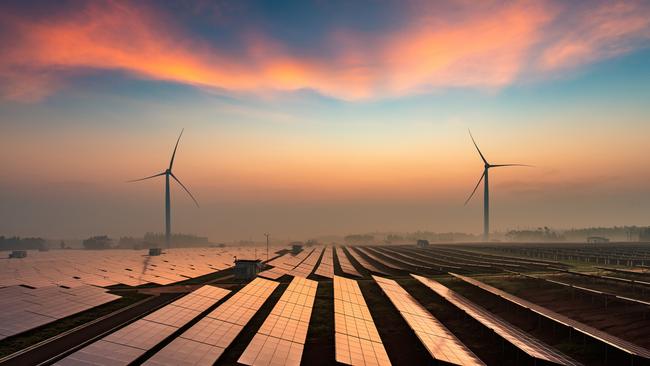
If renewable energy is the cheapest, best option for future power supplies, why is another $15 billion of government money needed to get it across the line?
This is the stark question at the heart of Labor’s grand energy transformation, which is laden with social programs to bribe households, protect union workers and bolster a 50 per cent renewable energy target that crashed negotiations with the Turnbull government for a national energy guarantee.
Labor has identified some of the problems that need solving for a low-emissions transformation, including $5bn worth of infrastructure spending to get power from new renewable energy hot spots to the market.
But it has not explained how the 50 per cent renewable target would be met with lower prices and secure supply.
This has been left to the Clean Energy Finance Corporation, which would be given an additional $10bn to help underwrite undisclosed projects. Labor says the money would be used to support large-scale generation and storage projects, including solar and wind farms.
The headline home battery program can be considered small-beer retail politics that could ultimately most hurt those who take up the offer to invest in what are now considered to be uneconomical systems.
The opposition has promised to deal with climate policy more broadly at a later date. But it has already disappointed climate groups with the declaration that “coal will continue to be part of our energy mix into the future, and coalmining will continue to be an important industry for the Australian economy”.
The electricity industry also remains cautious. The Australian Energy Council said that, without bipartisan policy, it was against direct government support to favoured renewable energy projects.
Governments have a poor record in picking winners, a point also noted by the investor group on climate change.
It said the ALP’s proposal to directly underwrite clean energy projects should be approached with caution because it undermined the long-term signals needed by investors.
The challenge remains the same: proper cost analysis for lower-cost power with fewer emissions.




